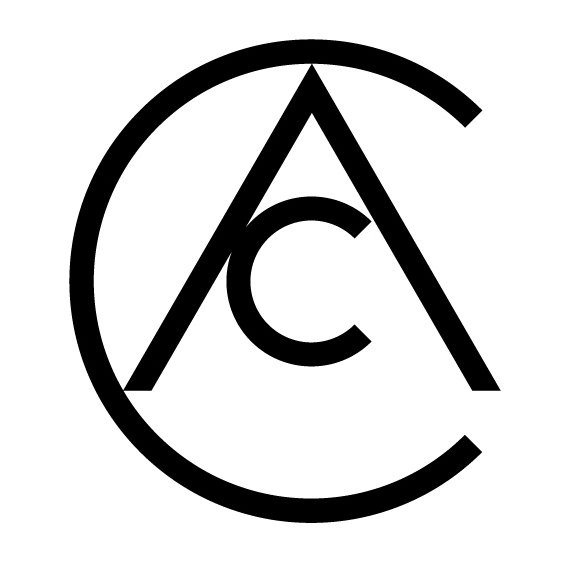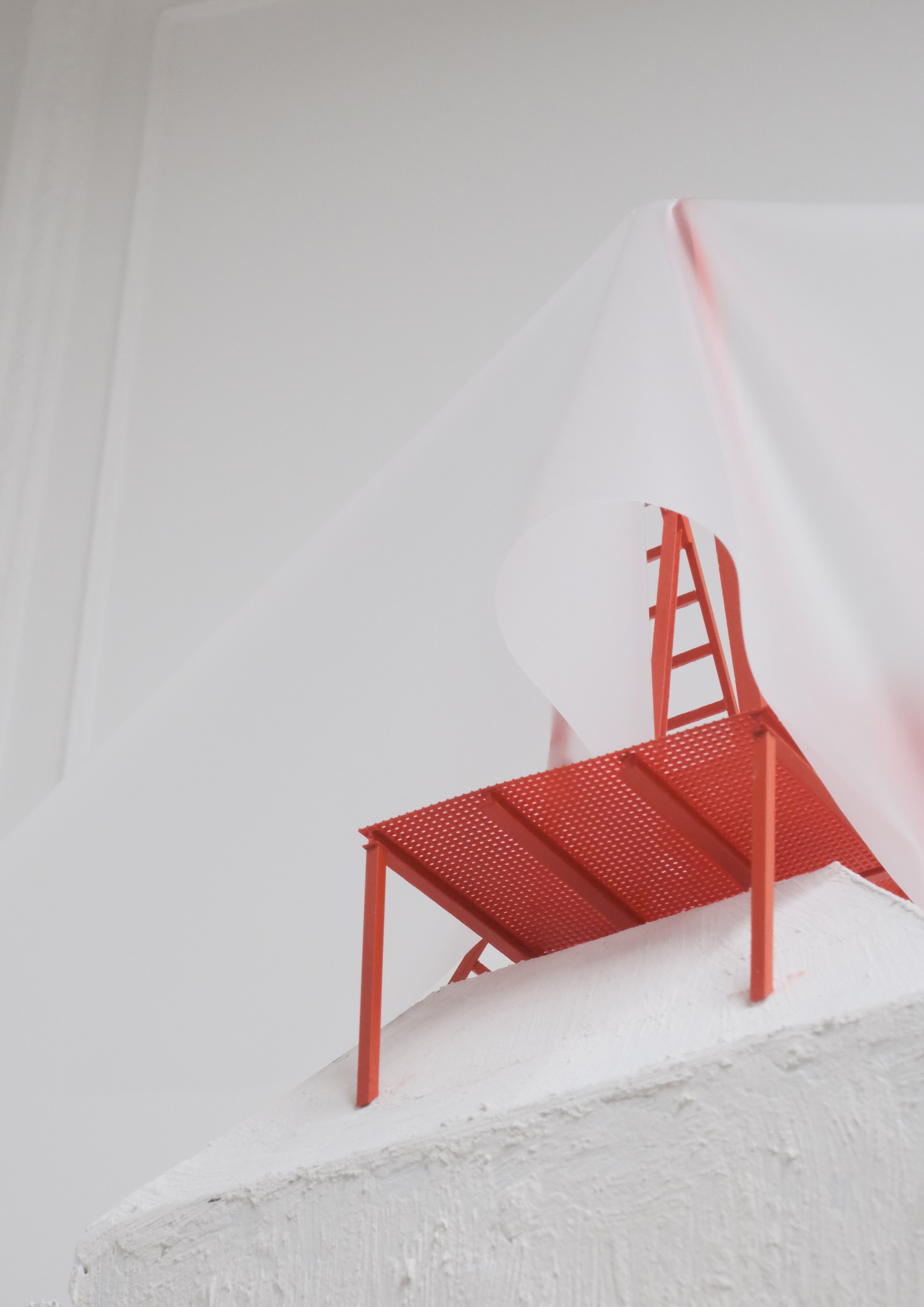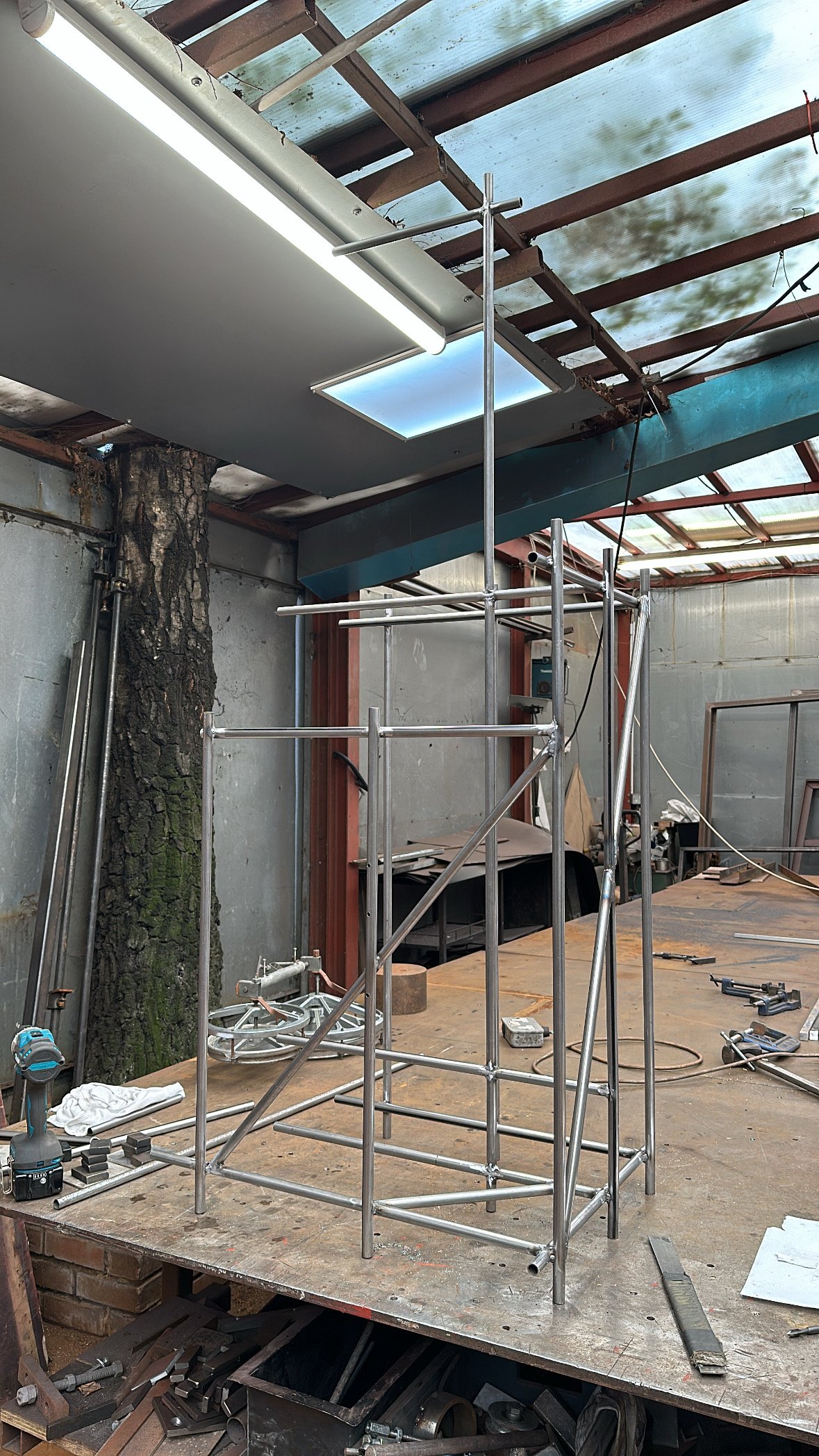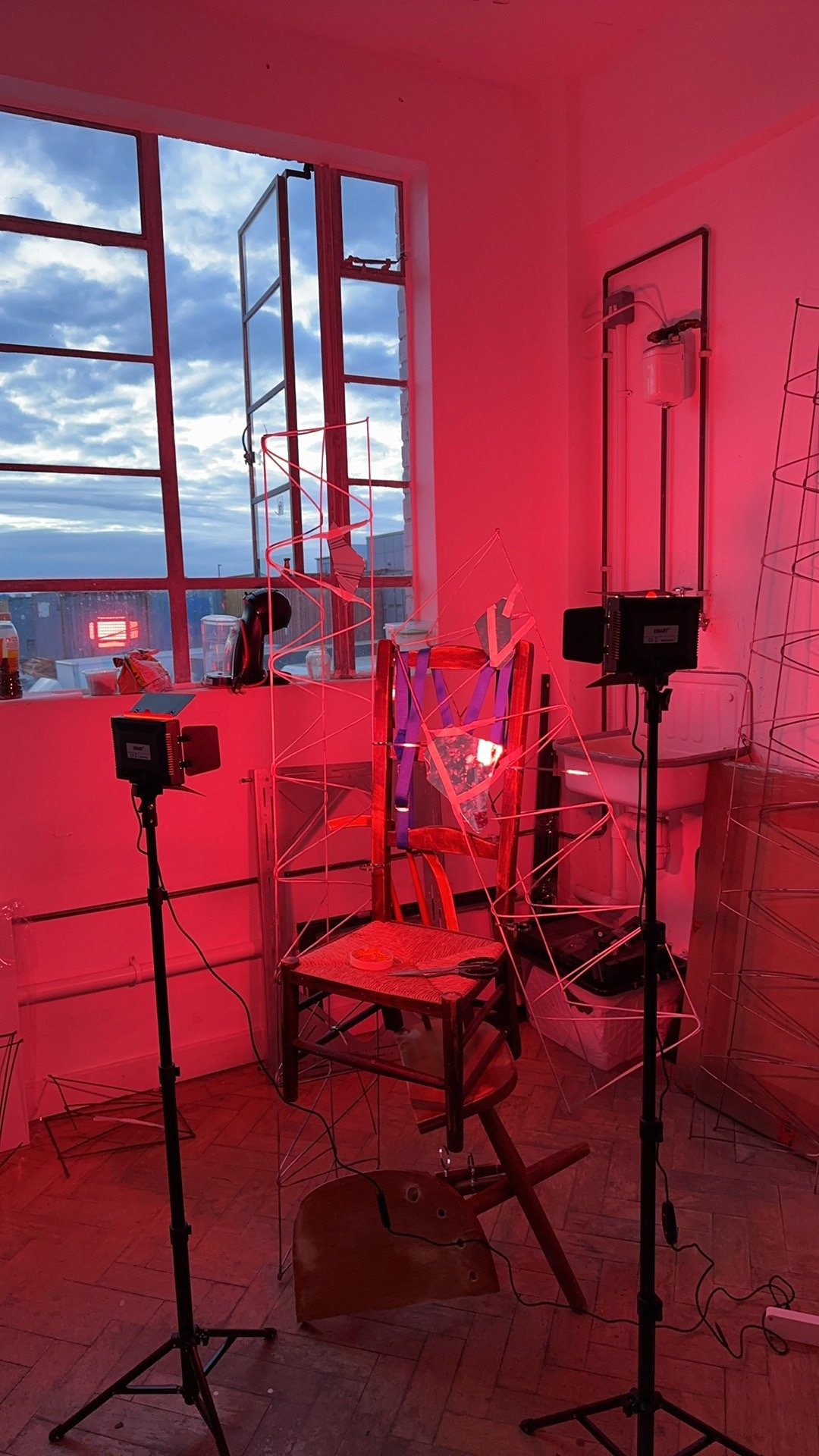Interview with Ariel Li
Ariel Li is a spatial artist and speculative narrator exploring the connections between space, memory, and identity. Graduated from Royal College of Art, her work examines how spatial narratives and human senses shape our understanding of physical spaces and objects. Focusing on old objects, she uncovers the rich histories and emotional connections they carry, exploring their transformation into new stories through interaction. Ariel’s practice reveals a dynamic medium bridging past and present—a living entity that embodies memory and metamorphosis. Through her art, she invites reflection on impermanence, continuity, and the untold stories within spaces and objects, fostering deeper connections with the world and ourselves.
Your work explores the intersection of space, emotion, metaphysics, and intimacy. How do you approach the challenge of translating such intangible and profound concepts into tangible spatial designs? Could you share a project where this exploration was particularly meaningful?
My artwork focuses on the field of ‘space’, which itself has a certain philosophical significance. Space carries not only our lives, but also the memories of our lives, the emotions of the events we experience in that space, and these associations with the space create a metaphysical connection with the space itself. Therefore, what I do is only to explore the thought-provoking part of this association, and apply it to artistic expression under the corresponding thematic research.
For example, there was once a project between my institution royal college of art, super future platform and Charleston house in Lewes, England, Charleston is a modernist home and studio of the painters Vanessa Bell and Duncan Grant, it was a gathering point for some of the 20th century's most radical artists. This collaboration required a review of the studio behind Charleston house, which is a small warehouse and a garden. Through my in-depth research on the Charleston house and the group of artists, Their concepts are also reflected in the Charleston house building, their planning, decoration, use of space, and their lifestyle in the building, all reflect their pioneering concepts of art and philosophy of life, so this renovation I define it as a ‘breakthrough', in the 19th century in the United Kingdom, the traditional academic school of thought and art is still the main stream, and some pioneering movements had already emerged, but the creations of this group of artists were still not smoothly accepted by the society, and they faced the shackles of various traditional theories and art philosophies, and they have always been fulfilling the duties of breaking through and innovation. Therefore, in my work, I opened up the ceiling of the small warehouse, set up an interactive staircase that can be climbed, and wrapped up the whole garden and the warehouse with a whole sheet of large-scale plastic tarpaulin, at the top of the staircase, the tarpaulin is raised up high, which can also be regarded as an art performance or an interactive installation, and at the end of the show, people need to pierce the tarpaulin with a sharp object to break through the shackles, to accept and recognize themselves, and to reconcile with this pioneering attribute that is alien to society.
Revealing Will
Type: mixed media (print, model making, installation)
Medium: print, wood, polyethylene fabric
Year: 2023
Size: multiple
Revealing Will
Type: mixed media (print, model making, installation)
Medium: print, wood, polyethylene fabric
Year: 2023
Size: multiple
Revealing Will
Type: mixed media (print, model making, installation)
Medium: print, wood, polyethylene fabric
Year: 2023
Size: multiple
The notion of marginality seems to be central to your practice. How do you define 'marginality' in the context of spatial design, and how does it shape the narrative structure of your projects?
Marginality is indeed reflected in my work in many ways, first of all spaces that can be defined as marginal are: abandoned buildings, streets, warehouses, Installations that live on the edges of visibility or accessibility. accessibility.
Pop-up shows, guerrilla exhibitions, temporary interventions-playing with how space itself can resist centralisation. and so on. There are many similarly undefined spaces, all of which have unique attributes, and the difficulty of defining them is what makes them so appealing, diverse and unrepeatable, which in turn makes them unique narrative structures.
From the point of view of materials and craftsmanship, using ‘low’ or everyday materials-scrap wood, found objects, textiles, concrete, trash-has often been a way to resist dominant art market values. For example, El Anatsui use bottle caps to create the work ‘behind the red moon’, Louise Bourgeois use fabric and found materials in her work: The Woven Child. David Hammons drew from everyday life, including hair collected from barbershop floors, chicken bones, bottle caps and empty wine bottles, in his practice, known as iconic examples of American Conceptual Art.
And talk about the create theme, liminality can be seen in: Displacement, exile, migration, Forgotten or overlooked histories, Borderlands-literal and metaphorical, etc.
A good example of this is my work ‘future archive’, which is inspired by the ambiguity of identity, and is a further extension or escalation of the theme explored in my other body of work ‘building nomadism’. In building nomadism, I explored people with ambiguous identities, such as those who were born in Japan, grew up in China, and then settled and worked in the UK, or married to partners of different nationalities, as well as digital nomads, a group of people who are unable to clearly articulate where they belong. building nomadism creates a new way of thinking about identity.
nomadism creates a concept of shared cohabitation and conceptual neighbourhoods to redefine and explore their identity and provide a sense of belonging. In future archive, the object of focus becomes old objects with a time-traced narrative, which are fragments of a complete object, and through the exploration of its original story and the stories and traces that time and interaction (e.g., human use) have left on it, they are rearranged and sublimated into a new set of constructions, a narrative with both diversity and uniqueness.
Future Archive
Type: Sculpture, installation
Medium: wood, metal, glass, mirror, synthetic materials
Year: 2024
Size: 167*71*51cm
Future Archive
Type: Sculpture, installation
Medium: wood, metal, glass, mirror, synthetic materials
Year: 2024
Size: 167*71*51cm
Building Nomadism
Type: Digital art
Medium: Digital inkjet printing
Year: 2023
Dimension: 57*80cm
Building Nomadism
Type: Digital art
Medium: Digital inkjet printing
Year: 2023
Dimension: 57*80cm
As a speculative narrator, how do you balance the imaginative freedom of speculative design with the functional and technical requirements of interior and architectural spaces?
It is like design and art have always complemented each other, speculative design is not a pie-in-the-sky idea, but rather based on an achievable near future, using the existing theoretical and scientific foundations to imagine and explore the future with some social value, in the spatial design of interiors and buildings, limited to the function of the place, the condition of the plot, the surrounding neighbourhood and the natural environment, etc., in the begining the project already has a certain boundary before the design begins, and the intervention of discursive design will also create the design concept of the project from the perspective of design language and discursive combination at the beginning of the project.
Mixed media plays a significant role in your work. How do you choose the mediums for a particular project, and how do these choices contribute to the emotional and metaphysical resonance of your spaces?
My work is usually triggered by an idea or a theory that is yet to be tested, such as in the experimental film project of the NOWNESS platform in collaboration with the University of the Arts London, where I worked with a producer from the London College of Fashion's Fashion Film programme. ‘You, Me, Us’ is a film about East Asian children growing up with unspeakable repression and pain, feeling unable to create their own destinies, and being held hostage to the rules of society and their loved ones, due to the constraints of Eastern culture and traditional social rules. I will choose materials that match the narrative concept based on the thematic concept of this part of the filming and the narrative style of the film. For example, in one of the scenes, in order to express that the children grow up, enter the society, and begin their mundane and boring work, entering an endless cycle of day after day, the main materials used in this installation are aluminium tubes and acrylics, to create a feeling of coldness, mechanicism, and repetition.
You, Me, Us
Type: Installation for Short Film
Medium: acrylic, aluminium, wood, LED light
Year: 2024
Dimension: 2*1.4*1.2m
You, Me, Us
Type: Installation for Short Film
Medium: acrylic, aluminium, wood, LED light
Year: 2024
Dimension: 2*1.4*1.2m
Having studied and worked across diverse cultural and educational contexts—from Sichuan University to the Royal College of Art—how has your cultural and academic journey influenced your design philosophy and practice?
There is a difference between the East and the West in terms of the perception and teaching philosophy of design and art. It can be said that my education in China laid the theoretical and technical foundation of architecture/interior design, while my postgraduate education in the UK opened the door to contemporary art and made me realise how design and art can be combined to produce the effect of 1+1>2.
Identity and intimacy are recurring themes in your designs. How do you approach designing spaces that foster personal connection while also addressing collective narratives?
Firstly collectives are made up of individuals, and although individuals have different identities, due to certain similar experiences, the same ideas, or similar life lessons, people are automatically categorised into different categories, and there is a sense of intimacy between people in the same category, which is why we relate to specific people, as friends, or with intimate connections.
The collective narrative involves the process of interaction between space and people, how to influence each other and assist each other, for example, a vertical staircase will naturally make people interact vertically, or a labyrinth that is horizontally orientated in all directions will make people meet at many intersections, of course this is a rather extreme and singular example, I start from the personal narrative, firstly, I lay down a basic narrative logic, and then expanding the personal to the group, which will produce some common attributes of the group, for example, the functional zoning of different spaces in the library, such as the reading area, the coffee area, the conversation area and so on, are all from the spatial planning, to a certain extent, to limit the people's behaviours and activities. From these common attributes, we can think about the overall narrative logic.
Your projects often seem to challenge conventional spatial boundaries. Can you share how your speculative narratives address the evolving relationship between humans and their environments, especially in an era of rapid technological and societal change?
I think speculative thinking or speculative narrative, is not lead you to the answer directly, but a portal of possibility, let us understand the world we live in and possible future from a different perspective.
First we need to reframing the present through the future, looking back at the present, through fictional stories or objects of the future, we can reflect our current values, dependencies, anxieties or blind spots.
In addition, in the context of the co-development of ecology and technology, speculative narrative breaks through anthropocentrism, which means reimagining human–nonhuman relationships, for example, the emotional relationship between humans and AI, cross-species dialogue with plants, animals, and even minerals, narrative perspective of non-human subjects (such as rivers and data systems). This reconstruction not only challenges the logic of "human dominance of the world", but also broadens the possibilities of "symbiosis" and "relationship”.
Connect to my practice, we can also think about how speculative narrative help me in my creation concept:
Marginal Voices and Alternative Futures
Mainstream future narratives are often dominated by the West, men, and elites, while speculative narratives provide a tool to construct "marginal futures”: Minorities, women, immigrants, indigenous peoples, and non-Western cultures can create their own future imaginations; These narratives are not about spaceships and colonization, but about the continuation and evolution of memory, land, and language.
Objects as narrative medium, which often expressed through "objects" or “entities". These objects are like: relics from the future, forgotten memory carriers, fake archives, future tools, they become the "concrete language" for telling stories, allowing the audience to enter a possible world not only through "reading" but also through "experience".
As both a designer and an artist, how do you maintain a balance between creative autonomy and the collaborative demands of working within an architectural studio? What lessons have you drawn from this dynamic?
The ability to collaborate is actually easy to learn, the advantage of team work lies in brainstorming, and in commercial space design, there are often a lot of unbreakable constraints, the designer's duty is to think about the impact that the design concepts should have considering all the constraints, and how the design solutions can echo with the functionality of the space and the conceptual setup, so as to make the design solutions become the most appropriate answer to the problem.
As an artist, the expression of art is not to solve problems, but to create possibilities. Artistic creation prompts one to think farther, with more spiritual and philosophical depth, and the autonomy of artistic creation allows you to keep thinking constantly. Therefore, as a designer and also an artist, these two identities complement each other, and they can provide help to each other, and in the process of this interaction will reach a balance naturally.















